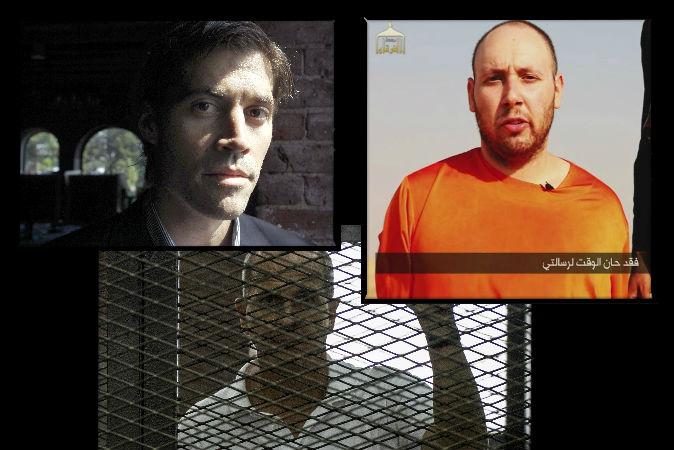The two leading international organizations that monitor the freedom and safety of journalists have issued end of the year reports on violence and kidnappings targeting journalists, especially in the Middle East. For just doing their job, journalists can be detained, held hostage, or beheaded.
Reporters Without Borders, or Reporters Sans Frontiers (RSF) tracks journalists killed in the course of their work. In 2014 there were 66. It comes to 720 in the past decade. In addition, 19 citizen journalists and 11 media workers were slain in 2014.
Although the number killed this year is down 7 percent from 2013, the nature of the violence against journalists has changed. In 2014, “carefully-staged threats and beheadings,” were used for special purposes.




